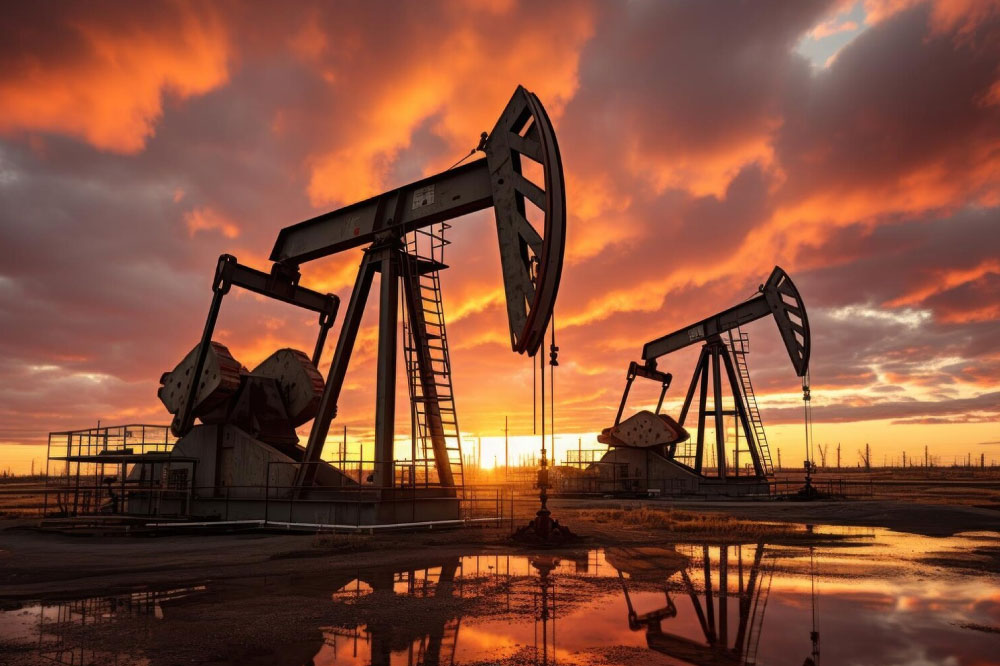Project to visualize the drilling process and improve equipment monitoring for a major oil‑producing company
- Our customer
- One of the largest oil producers
- Context
- Challenges in collecting production data from over 100 dispersed wells
- Delays and loss of data quality
- Slow response of monitoring centers
- Monitoring equipment corrosion control challenges
- Incomplete data on the flow rate of operating wells
- Industry
- Oil production
Tasks
Solution
Result
- Develop an analytical system to monitor work processes at oil wells
- Increase the response speed of monitoring centers
- Create a centralized information service for specialists of various profiles
- Implement tools to forecast and identify anomalies in equipment operation
- Automate pipe corrosion control using visual inspection tools
- Improve flow rate assessment and operating modes for each well
Tasks
Solution
Result
 Within a three months period, a comprehensive, interactive product using AI, ML and predictive analytics has been created. Its features and functionality include:
Within a three months period, a comprehensive, interactive product using AI, ML and predictive analytics has been created. Its features and functionality include:
- Effective visualization and monitoring of wells and technological processes
- Centralizing and detailing information for specialists in all areas
- Monitoring infrastructure using intelligent computer vision systems in combination with data obtained using UAVs
- Assessing flow rates and production processes using a specially developed virtual flow meter based on computer modelling of wells
Key measures:
- An intelligent analytical system has been created for monitoring more than 100 wells
- Visibility, information content and the efficiency of data have increased
- Multi-level ranking of data has been provided to enable quick decision-making
- Real-time process tracking and convenient viewing of history have been provided
- The number of wells under the control of each engineer has increased, as has the quality of control
- Predictive analytics methods have been used to forecast emergency situations
- Automatic monitoring of equipment corrosion has been provided using computer vision methods
- A solution has been implemented to enable a virtual assessment of well flow rates
Tasks
Solution
Result
Improved data quality has enhanced the quality and efficiency of decision-making processes. Virtual flow rate modelling has reduced the cost of installing control equipment and optimized well operating modes.
Consistently predicting and visualizing equipment anomalies has reduced the time taken to diagnose failures and lowered emissions.
Up to 5%
reduction in estimated equipment downtime
Up to 15-25%
reduction in anti-corrosion inspection costs
Up to 50%
reduction in field and office work for corrosion monitoring and classification
